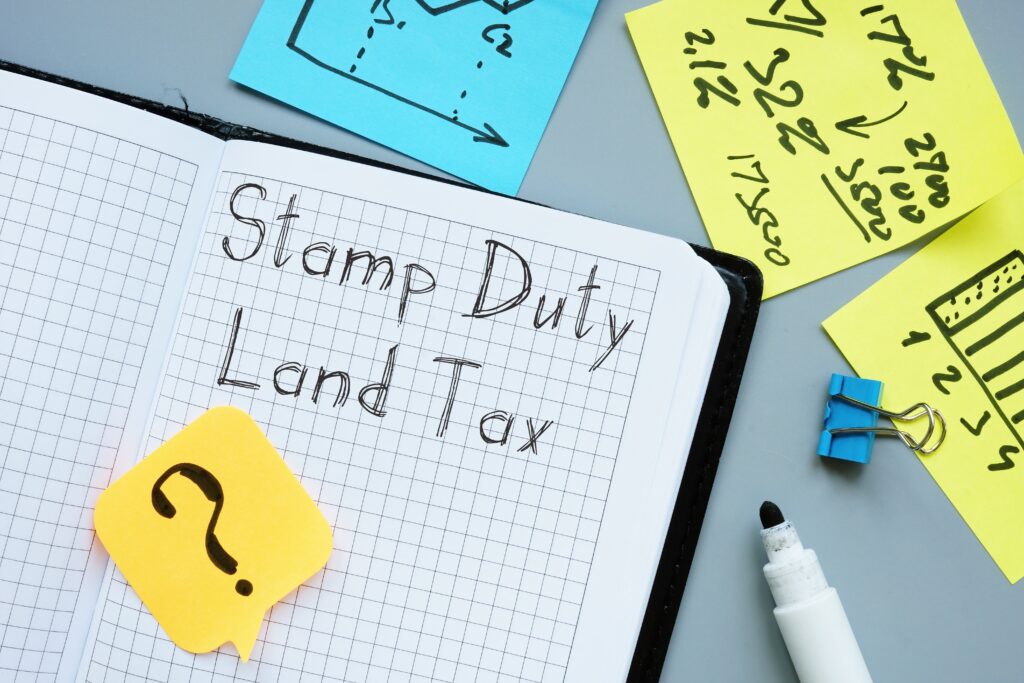As an owner of a leasehold property, or a leaseholder, your period of ownership is governed by the length of time set out within the lease. This length of time is commonly known as the “term”. The term of a lease significantly affects the value of the property: the shorter the unexpired term of the lease, the greater the impact on the value of the Property.
If you are looking to sell your property, or perhaps are conscious that you do not want the unexpired term of the lease to affect the future marketability of your property or your ability to mortgage it, you may wish to consider extending your lease.
There are two routes to extending a lease: statutory and non-statutory. Depending on the individual circumstances, they each present various pros and cons which you will want to consider.
Statutory Lease Extensions
Statutory lease extensions, often referred to as formal lease extensions, are granted under the Leasehold Reform, Housing and Urban Development Act 1993 (‘the Act’). In order to be eligible to apply for a lease extension under the Act, you must have been the registered owner of your property for at least two years.
Under a statutory lease extension, the new lease will grant an additional 90-years in addition to the unexpired term of the lease and will reduce the ground rent to a peppercorn (i.e. no ground is paid).
A brief overview of the statutory process is explained below:
1. At the outset of the process, a RICS valuation of the property must be obtained by the leaseholder at their own cost.
2. Once the valuation has been obtained, the leaseholder must serve formal notice on the landlord of the property.
The notice sets out a strict timeframe which guides the process, and this is governed by the Act itself. The notice will also specify key information about the property and the leaseholder, together with the premium that the leaseholder proposes to pay for the lease extension.
Once the notice has been served on the landlord, the leaseholder is responsible for the landlord’s reasonable valuation and legal costs, as well as their own.
3. Following receipt of the notice, the landlord is entitled to require payment from the leaseholder of a deposit. The deposit is typically the higher of £250.00 or 10% of the leaseholder’s proposed premium.
4. The landlord must then serve a counter notice on the leaseholder by the date specified in the leaseholder’s initial notice, which must be a minimum of two months from the date of service of the initial notice The counter notice will state whether the landlord agrees to extend the lease, and if so, on what terms.
If the landlord does not agree to the premium proposed by the leaseholder in the initial notice, then there is a six-month period in which the parties can negotiate in order to agree the premium and the terms of the lease.
A key point to note with statutory lease extensions is the length of time that they take to complete. This is an important factor you may wish to consider when deciding on whether to pursue the statutory or non-statutory route.
Non-Statutory Lease Extension
The non-statutory route, or an informal lease extension, is available to leaseholders regardless of how long they have owned their property. If a leaseholder has a good relationship with their landlord, then it is worth considering the informal route first as it can offer greater flexibility, given that there is no strict procedure or timeframes to adhere to.
The process is effectively a negotiation between the parties, in order to decide on a premium based on their respective valuations and agree the terms of the new lease. Typically, the new lease will often provide for a 99-year lease and set out a new obligation to pay a revised ground rent figure.
A key difference with the statutory lease extension, is that if a leaseholder has a mortgage over the property, then the consent of the lender will need to be obtained which incurs additional costs. It is also worth noting that negotiations are not guaranteed to be successful. However, if an unsuccessful approach is made to the landlord, there is still the right for a leaseholder to apply formally through the statutory route.
How we can help
We can help you with your lease extension whether it is following the statutory route or an informal lease extension. We recommend seeking a lease extension if your lease term is less than 90-years, and certainly before it approaches 80-years. It is important to extend the lease as soon as possible, as the cost of the premium is significantly increased by an additional valuation element called the “marriage value” once the lease has less than 80-years left.
If you are looking to extend your lease and would like our assistance and/or advice with the process, please get in touch with our Residential Property team.
This reflects the law at the date of publication and is written as a general guide. It does not contain definitive legal advice, which should be sought as appropriate in relation to a particular matter.








